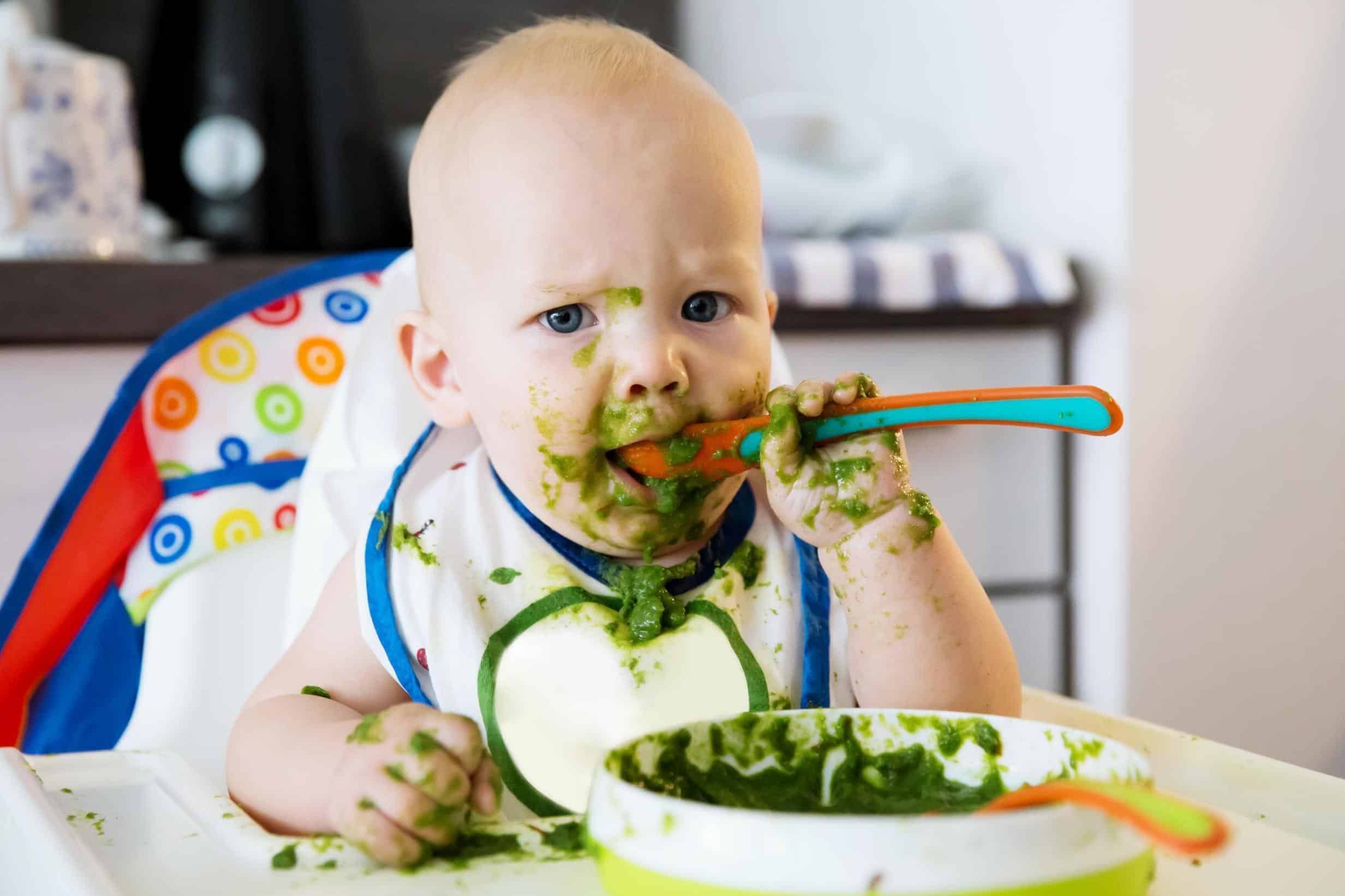Staying fit whilst pregnant
When it comes to pregnancy and training there are usually two main questions that we as trainers are asked. One, can I continue training whilst pregnant? And two, can it be beneficial to start some form of training or exercise? The short answers would be yes you absolutely can continue training, maybe not at the velocity and intensity that you originally were training at but you most definitely will benefit from keeping an active routine, secondly for those who aren’t regularly active it would be a great idea to prepare your bodies for the changes that your body is going to be doing over the next few months. Experts agree when you’re expecting, it’s important to keep moving: Pregnant women who exercise have less back pain, more energy, a better body image and, post-delivery a faster return to their pre-pregnancy shape.
Benefits of staying in shape during pregnancy:
- maintain physical fitness
- reduce lower back pain (hello, growing tummy!)
- manage symptoms of depression and anxiety
- reduce stress
- improve postpartum recovery
As stated by the NHS,
“The more active and fit you are during pregnancy, the easier it will be for you to adapt to your changing shape and weight gain. It will also help you to cope with labour and get back into shape after the birth.”
“Exercise is not dangerous for your baby. There is some evidence that active women are less likely to experience problems in later pregnancy and labour.“
I have put together some exercises that will help you along the way of each trimester, 3 days a week as a minimum will help prepare your to body cope with the extra strain throughout each trimester.
Be sure to warm up and cool down for at least 5 minutes before and after every exercise as well as frequent stretching.
Safety tips for exercising whilst pregnant
- Get clearance from your doctor if you’re new to exercise or you have any health conditions that may contraindicate exercise.
- Drink plenty of water before, during, and after exercise.
- Wear supportive clothing such as a supportive sports bra or belly band.
- Don’t become overheated, especially during the first trimester.
- Avoid lying flat on your back for too long, especially during the third trimester.
- Avoid contact sports and hot yoga.
Exercises to focus on in the first trimester of pregnancy
The first three months of pregnancy can be a wild ride of emotions. From elation and pure joy to concern, worry, and even fear as you begin to realise that you’re responsible for nourishing, growing, and keeping this tiny soon-to-be human being safe and healthy.
As long as you’re not considered a high-risk pregnancy, a well-rounded prenatal fitness routine that includes at least 150 minutes of cardiovascular activity each week and 2 to 3 days of strength training exercises that target the major muscle groups is a healthy regime.
Focus on specific exercises to help make pregnancy easier and prepare you for labour and childbirth. (although it seems an age away it is key to start preparing the body for the extra strain!)
One key area to focus on is body awareness, preparing for changes in your posture. Exercises like pelvic tilt will help with the mobility in the spinal area and help strengthen the abdominal area
Squats
Squats strengthen all the muscles in your lower body — including the quads, glutes, and hamstrings —having strong leg muscles is a great way to protect your back, so you use your legs instead of your back when lifting.
- Stand in front of a couch, with your back facing. Begin with feet just wider than hip-width apart. Use the couch as a guide to ensure proper form.
- Squat down like you’re about to sit down on the couch, but come back up just as your thighs start to touch it.
- Make sure you take 5 seconds to go down 3 seconds to come back up.
- Exhale as you squat; inhale as you stand.
- Do 2 sets of 15 to 20 reps.
Pelvic tilt
- Stand with your shoulders and bottom against a wall.
- Keep your knees relaxed.
- Pull your tummy button towards your spine, so that your back flattens against the wall: hold for 4 seconds then release.
- Repeat up to 10 times.
Pelvic tilt exercises can also be performed laying on the floor flat on your back.
Kneeling push-ups
This move targets core and upper body strengthening together.
- Place your knees and hands onto the ground, once you are ready to start you should engage the core and have knees, hips and shoulders all in a straight line maintaining good posture in this exercise, push up onto your hands and knees, keeping your knees behind your hips.
- Pull in your abs (the pelvic brace), and then slowly lower your chest toward the floor as you inhale.
- Exhale as you press back up.
- Start with 6 to 10 and gradually work up to 20 to 24 reps.
Bicep curls
This simple, yet effective move is another excellent exercise to perform throughout pregnancy. Bicep curls are a key move to add to your workouts since you need to prep your arms for lifting and holding your baby.
- Grab 5 to 10 pound dumbbells and stand with your feet slightly wider than your hips and your knees slightly bent.
- Exhale as you slowly bend your elbows, bringing the dumbbells toward your shoulders.
- Inhale and slowly lower the weights back down.
- Take 3 seconds to lift the dumbbells and 5 seconds to lower.
- Do 2 sets of 10 to 15 repetitions.
Exercises to do in the second trimester of pregnancy
Once the reality sets in that you’re in this for the long haul, you may notice a feeling of calmness and even an increase in energy over the next several weeks. Many women say this is the trimester where they feel their best, which is why it’s an excellent time to focus on your fitness routine. On the other hand since the uterus is getting bigger, you do need to be a bit more careful with physical activity.
During the second trimester, you want to avoid any activities that involve high impact exercise that involves jumping, running, balance, or exhaustion. You also want to avoid any exercise that has you lying on your back for extended periods of time so exercise like pelvic tilts may have to be amended a little or mixing between standing and laying.
In addition to the exercises in the first trimester, consider adding some variations to your squat such as narrow squats and wide stance squats. Triceps and shoulders during this trimester.
Incline pushups
- Stand facing a ledge or railing and place your hands shoulder-width apart on the surface.
- Step your body back into a standing plank position with your back in a straight line.
- Bend your arms and slowly lower your chest toward the railing or ledge.
- Straighten your arms to return to the starting position.
Hip flexor and quadriceps stretch
Due to postural changes, the second trimester is the ideal time to develop a stretching routine that focuses on the hip flexors, quadriceps, low back, glutes, and calves.
Because of your changing centre of gravity, the belly tends to fall forward, creating shortened hip flexor muscles. This exercise allows you to safely stretch during pregnancy.
- Go into a half-kneeling position on the floor. Place your right knee on the floor and your left foot in front of you, left foot flat on the floor.
- Keeping your posture nice and tall, lunge toward your left foot until you feel a stretch in the front of your right hip and thigh.
- Hold for 30 seconds, ease off, and then repeat 2 more times.
- Switch sides and repeat.
Exercises to do in the third trimester of pregnancy
- Walking
- Swimming
- Prenatal yoga
- Pilates
- Pelvic floor exercises
- Bodyweight moves
These help to keep your upper and lower body muscles strong.
It is important to avoid any exercise that places you at a risk for falls. Your centre of gravity is now going to be constantly changing, it’s smart to avoid exercises that could lead to a loss of balance, resulting in a fall.
Excersizes to target during the third trimester include:
- Bodyweight squats or sumo squats with a wider stance for an increased base of support (only if you’re not experiencing pelvic pain)
- Bicep curls with light weights
- Push ups against a wall
- Tricep kickbacks with light weight
- Standing shoulder press with light weights
Staying physically active during pregnancy is beneficial for both mum and baby.
Including some form of exercise most days of the week will maintain a strong core always as improving it, keeping your muscles, and your cardiovascular system in good shape. Plus it can do wonders for your mental health.
Please listen to your body and stop if you feel any discomfort or pain. You should always talk with your doctor if you have any concerns or questions regarding wanting to try new things in your workout or about how your body is responding to an exercise.
Credit – James Comley – Personal trainer & Sport coach










